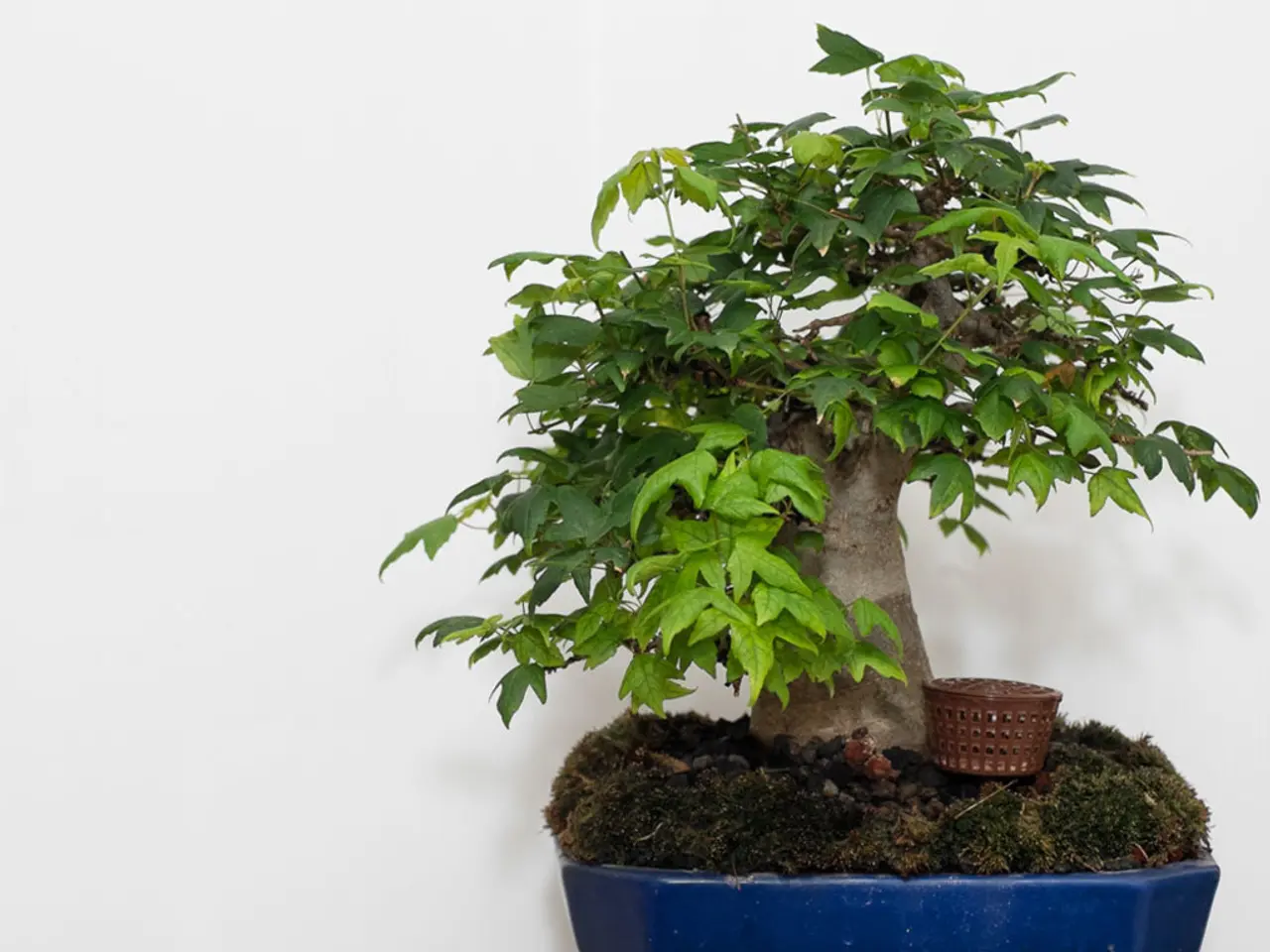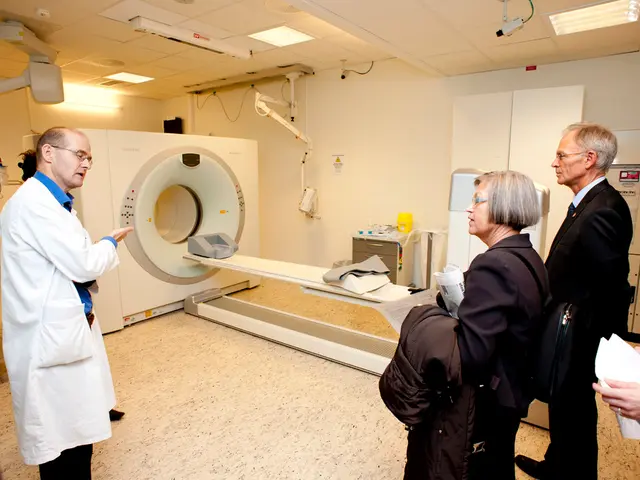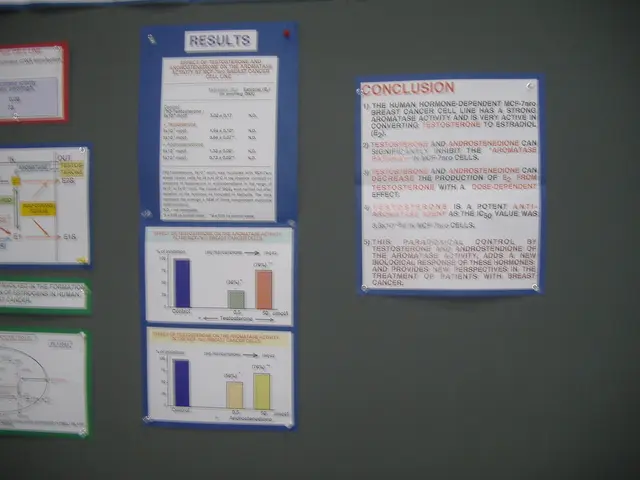Future Bonsai Research and Development for Climate Adaptation
In the face of a changing climate, the ancient art of bonsai is evolving to meet the challenges. Researchers, horticulturists, and bonsai enthusiasts worldwide are collaborating to create climate-resilient bonsai species, ensuring the survival and continued beauty of these miniature trees.
One innovative approach involves experimenting with novel soil mixtures. Organic additives like coconut coir and peat moss are being used to enhance the soil's water-holding capacity and reduce evapotranspiration, making bonsai more resilient to drought and heatwaves. Inorganic materials such as perlite and vermiculite are also being explored for their potential to improve drainage and reduce soil density.
Shifts in growing seasons necessitate a nuanced understanding of microclimatology. Bonsai masters must carefully calibrate their trees' exposure to environmental stimuli, ensuring they receive the right amount of light, water, and temperature for optimal growth. Innovative substrate designs and organic additives are enhancing water retention capabilities, reducing evapotranspiration, and improving bonsai resilience.
However, the migration of pests and diseases into new regions, facilitated by climate change, poses a significant threat to bonsai cultivation. To combat this, researchers are developing drought-resistant bonsai varieties, exploring biological pest control methods, and investigating genetic resistance breeding. By cultivating resistant cultivars, bonsai enthusiasts can mitigate the risks associated with emerging threats, ensuring the long-term survival of their miniature trees.
Advanced materials and techniques, such as cooling mist applications and smart bonsai pots, help manage heat stress and optimize environmental conditions for bonsai. Cooling mist applications can lower ambient temperatures around the trees, reducing transpiration and stress. Smart bonsai pots equipped with advanced sensors and automated systems provide real-time monitoring and precise control over environmental conditions for climate-adapted bonsai.
Future-proofing the art of bonsai requires developing and promoting climate-resilient bonsai species, establishing a global network of practitioners, and fostering a culture of sustainability. This includes studying extreme climate tree species, like bristlecone pine and desert willow, to inform the development of novel bonsai cultivars that thrive in water-scarce environments.
Moreover, research is being conducted on structural adaptation through controlled mechanical stress. For instance, studies on Taxus baccata reveal that the plant can survive snow and ice loads by temporarily changing branch angles under heavy load and then restoring their original shape once the load is removed. This mechanical stability strategy helps the bonsai withstand variable winter conditions with snow, ice, and wind.
Bonsai care is also being optimized through improved watering and pruning techniques. Regular pruning and wiring promote robust branch structure and airflow, reducing stress from harsher climate conditions. Adjusting watering based on soil moisture and environmental humidity rather than fixed schedules ensures the bonsai is neither over- nor under-watered during extreme weather variations.
Curatorial collaboration and sustainable management are crucial for maintaining bonsai’s health and aesthetic under future climate scenarios. Bonsai experts and volunteers are working together to preserve bonsai collections over time, implying developing communal care strategies to preserve these miniature works of art.
Lastly, the preservation of bonsai heritage is essential to safeguard the cultural and historical significance of this ancient practice. By adapting bonsai to climate change, we not only ensure the survival of these beautiful trees but also preserve a vital part of our cultural heritage.
References: [1] Structural adaptation through controlled mechanical stress: https://www.ncbi.nlm.nih.gov/pmc/articles/PMC6455122/ [2] Smart monitoring and AI assistance: https://www.sciencedirect.com/science/article/pii/S2405452518301085 [3] Improved watering and pruning techniques: https://www.researchgate.net/publication/326989523_Bonsai_Care_and_Maintenance_A_Review [4] Curatorial collaboration and sustainable management: https://www.tandfonline.com/doi/abs/10.1080/14655470.2017.1325699 [5] Native species preference and micro-forestry methods: https://www.sciencedirect.com/science/article/pii/S030573621830386X
- The exploration of environmental science, particularly in the field of horticulture, has led to the development of drought-resistant bonsai varieties to combat pests and diseases that threaten bonsai cultivation due to climate change.
- In the realm of health and wellness for bonsai, advanced materials and techniques like cooling mist applications and smart bonsai pots are being employed to manage heat stress and optimize environmental conditions, ensuring the miniature trees thrive under harsher climate conditions.
- To secure the long-term survival of bonsai, researchers are investigating genetic resistance breeding and biological pest control methods, in tandem with expanding the science of environmental-science by studying extreme climate tree species for the development of novel bonsai cultivars.




